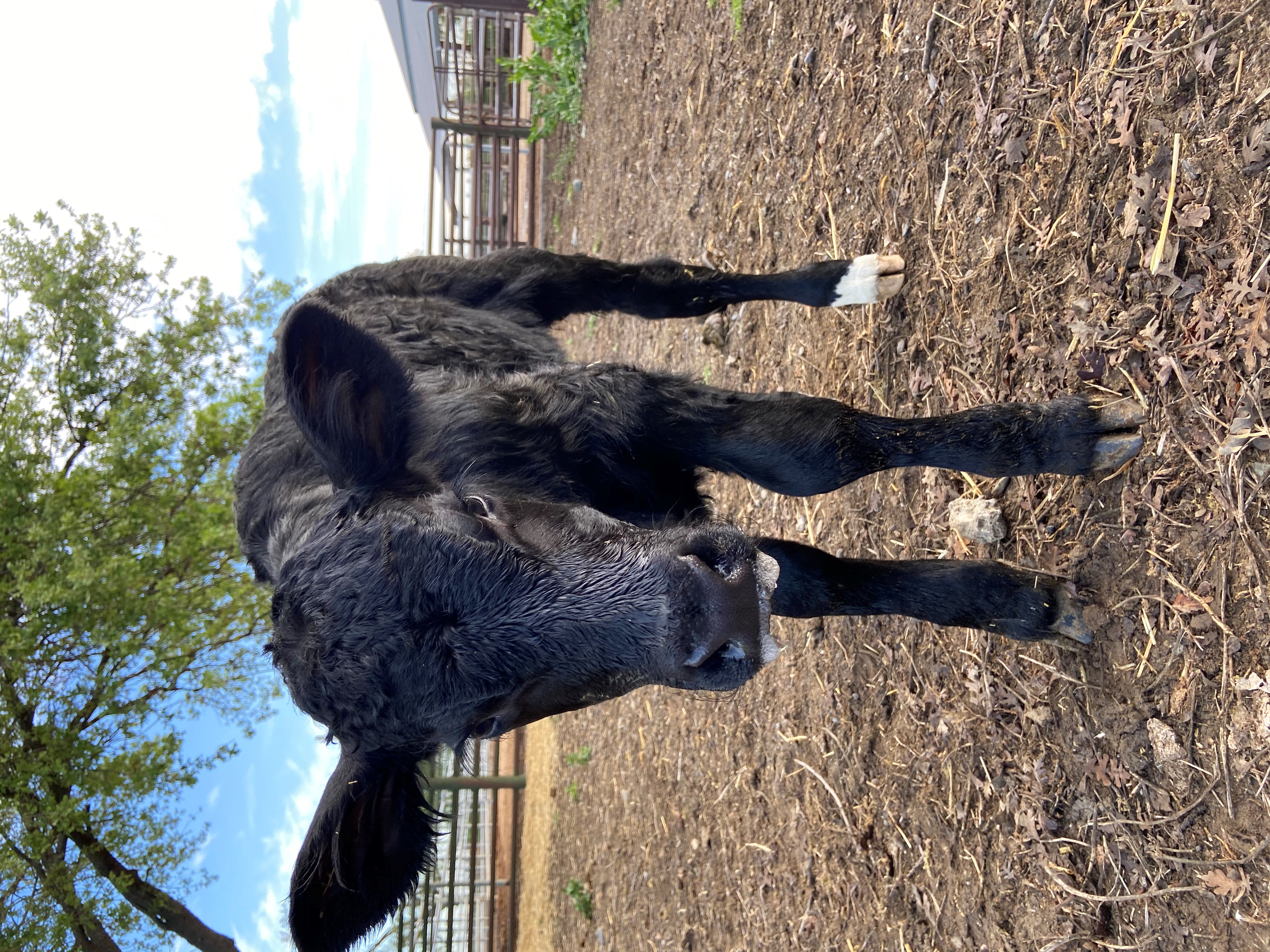UC Davis is one of four institutions nationwide selected by the U.S. Food and Drug Administration to establish Animal and Veterinary Innovation centers to help spur innovation and advance regulatory decisions.
The UC Davis Intentional Genomic Alteration Innovation Center will focus on genome editing of livestock like pigs, sheep and cattle to support science-based regulations that demonstrate the safety of the technology and pave the way for human consumption of edited animals.
The $5 million five-year collaboration with the FDA seeks to answer key regulatory questions related to gene editing and how it can improve the health and productivity of animals while protecting human health and supporting sustainable agriculture, said Elizabeth Maga, a professor and the lead investigator of the new center.
“If we can supply data to help streamline the regulatory process, that will really help development in this space because there are a ton of applications that can be done with the technology now that we couldn’t do before,” Maga said.

Safety in mind
The research with the FDA will provide the framework to ensure genome editing is safe for both the animal and human consumption. Australia, Brazil, Japan and other countries allow gene-edited livestock in certain conditions.
“We want a science-based regulatory process that’s risk proportionate and doesn’t overregulate simple products,” said animal geneticist and extension specialist Alison Van Eenennaam, who is part of the research team. “We can help that happen so it’s actually feasible for small companies and academia to bring products to market. I think that’s an important role that we can play as public sector scientists.”
Leading the way
UC Davis has been on the cutting edge of research, teaching and extension work surrounding genetically modified animals for more than 25 years, and the center will build on existing data, research and animals already on campus.
“We’ve all been working in this space for a long time,” Maga said. “It’s fun to see it starting to gain traction because we’ve always known the promise that these types of gene modifications can hold.”
Associate professor Anna Denicol and distinguished professor emeriti Trish Berger in the Department of Animal Science are also part of the center.
From data to modified animals
The UC Davis team has three main research goals.
The first is to establish a gold standard workflow, outlining techniques and methodology to use when assessing the specificity of gene editing events, working toward being able to tell the difference between natural genetic variation and any unintentional edits that may have occurred.
The second phase is to measure the durability of the gene editing from generation to generation and across different targeted traits and livestock species to determine if any unintended variations occurred. They’ll also measure if the characteristics or traits they wanted to introduce or remove successfully took hold.
“We’ll look to see how the edits hold up over time,” Maga said.
Finally, the team wants to adapt and improve newer gene editing technologies currently used in human and laboratory animals for biomedical purposes and apply it to livestock traits.
“We’re trying to optimize the efficiency of incorporating specific genetic changes, not just cutting, but putting in a small, specific change where we want it,” Maga said.
One example of such a change would be introducing a variant gene, or allele, from an Angus cow that doesn’t grow horns and insert it in the genome of Holstein dairy cows, which grow horns that typically are removed to prevent the animal from hurting itself or other animals.
“It’s basically a way to introduce a useful allele into the genome,” Van Eenennaam said.
Kansas State University, University of Arkansas and University of Wisconsin-Madison will also form centers as part of the FDA’s Center for Veterinary Medicine initiative to protect human and animal health, according to a news release.
Media Resources
FDA Announces Animal and Veterinary Innovation Centers Partnerships (FDA news release)
Originally posted by the College of Agricultural and Environmental Sciences.
Emily Dooley is a writer with the College of Agricultural and Environmental Sciences.
